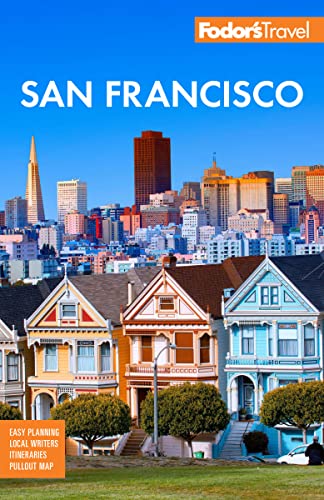The Early Days of Gay San Francisco
San Francisco's gay community has been a part of the city since its origins. As a port town and a major hub during the 19th-century gold rush, San Francisco became known for its sexual openness along with all of its other liberalities. But a major catalyst for the rise of the gay community was World War II.
Stationed in San Francisco
During the war, hundreds of thousands of servicemen cycled through "Sodom by the Sea," and for most, San Francisco's permissive atmosphere was an eye-opening experience. The army's "off-limits" lists of forbidden establishments unintentionally (but effectively) pointed the way to the city's gay bars. When soldiers were dishonorably discharged for homosexual activity, many stayed on in the city.
Making the City Home
Scores of these newcomers found homes in what was then called Eureka Valley. When the war ended, the predominantly Irish-Catholic families in that neighborhood began to move out, heading for the burbs. The new arrivals snapped up the Victorians on the main drag, Castro Street.
Beginning of the Movement
The establishment pushed back. In the 1950s, San Francisco's police chief vowed to crack down on "perverts," and the city's gay, lesbian, bisexual, and transgender residents lived in fear of getting caught in police raids. (Arrest meant being outed in the morning paper.) But harassment helped galvanize the community. The Daughters of Bilitis lesbian organization was founded in the city in 1955; the gay male Mattachine Society, started in Los Angeles in 1950, followed suit with a San Francisco branch.
The Tide Begins to Turn
By the mid-1960s, these clashing interests gave the growing gay population a national profile. The police upped their policy of harassment but overplayed their hand. In 1965 they dramatically raided a New Year's benefit event, and the tide of public opinion began to turn. The police were forced to appoint the first-ever liaison to the gay community. Local gay organizations began to lobby openly. As one gay participant noted, "We didn't go back into the woodwork."
The 1970s and Harvey Milk
The 1970s—thumping disco, raucous street parties, and gay bashing—were a tumultuous time for the gay community. Thousands from across the country flocked to San Francisco's gay milieu. Eureka Valley had more than 60 gay bars, the bathhouse scene in SoMa (where the leather crowd held court) was thriving, and graffiti around town read "Save San Francisco—Kill a Fag." When the Eureka Valley Merchants Association refused to admit gay-owned businesses in 1974, camera-shop owner Harvey Milk founded the Castro Valley Association, and the neighborhood's new moniker was born. Milk was elected to the city's Board of Supervisors in 1977, its first openly gay official (and the inspirational figure for the Oscar-winning film Milk).




